Over the last decade, hundreds of communities have explored ways they can spark the deployment of next generation broadband networks to their homes and businesses. These efforts are iterative, with communities learning from the successes and failures of others and adapting best practices for their specific circumstances.
Some models, however, are more promising than others. That is why I thought New York City’s recently announced broadband plan deserves attention from other cities. But not every community has the resources for a plan of that scope. Instead, some communities can achieve the vision of universal, abundant, and affordable broadband through creative partnerships with electric companies. That’s why news from Springfield, Mo. is so important.
City Utilities (CU), Springfield, Missouri’s city-owned electric utility, recently announced plans to expand its fiber optic network to every home in the city and lease excess fiber—on a nonexclusive basis—to the internet service provider (ISP) CenturyLink. CenturyLink, in turn, will offer high-speed fiber broadband services citywide and pay for marketing and customer service costs. This structure between a public utility and a private ISP replicates a model pioneered by Huntsville Utilities and Google Fiber three years ago in Huntsville, Ala.
It’s called the “utility lease model,” and Springfield’s announcement demonstrates that it isn’t just a one-off. There’s reason for optimism that this new approach could start scaling to address both the digital divide and smart city goals in the years to come.
First, let’s define what the utility lease model is. In it, the electric utility company expands its fiber optic network to improve its own electric and information services, then leases the excess fiber capacity to an ISP. The ISP adds the electronics and assumes the tasks of marketing, operating, and servicing customers with high-speed broadband services.
There are real advantages to this model. Unlike many other efforts in less densely populated areas, it does not depend on federal support. Further, many utilities are already looking at investing in new fiber facilities to improve their grids’ performance by connecting them with smart devices—the so-called “smart grid.” Upgrading the fiber optic network is necessary for utilities to improve reliability and take advantage of the “internet of things.” By leasing capacity to a skilled and experienced broadband service provider, an electric utility has the opportunity to make the necessary investment to expand its fiber optic infrastructure without having to raise rates to consumers. Similarly, the utility isn’t forced to launch new services for which it might have little (if any) experience.
CenturyLink’s entrance into Springfield further validates the utility lease model, and lays a pathway for future adoption. For the first time, a large, legacy ISP has struck a deal to lease fiber for residential services outside of its traditional service area. Today, the closest CenturyLink service is 50 miles away in Branson, Mo. Moving forward, CenturyLink will compete directly with Springfield incumbents AT&T and Mediacom.
The Springfield deal also proves the model can work with an ISP that isn’t Google Fiber. For a number of reasons unrelated to Huntsville, Google decided to halt expansion of its Google Fiber service in 2016. Now the Springfield/CenturyLink deal opens the door to traditional carriers whose core business is the delivery of last-mile communications services. In the past, local carriers never ventured outside their historic residential service territory, as the capital costs and competitive dynamics made such entry uneconomical. The fact that CenturyLink is taking advantage of this leasing opportunity suggests that the model may lead to a return on invested capital that is both larger and faster than in the past.
The Springfield deal promises the same benefits—enhancing competition and service offerings—that the Huntsville/Google deal provided. It changes the path for scaling up fiber offerings by decentralizing construction efforts from a single provider, like Google Fiber, to multiple enterprises with expertise in deploying networks. It unlocks an opportunity for a number of entities—utilities, cities, construction companies, finance companies—to join forces in constructing extra “dark fiber” networks for future use far faster than usual. And the decoupling of fiber assets’ ownership from broadband service provision forces incumbents and other tech companies to rethink their strategies.
It also allows a municipality to address city-specific policy objectives such as enterprise zones and closing the digital divide. As Dean Thompson, the utility’s associate general manager for economic development, noted in the recent announcement: “Access to reliable high-speed broadband services drives economic development and is essential to every community. Working with private industry to make the best use of public infrastructure minimizes work in the rights-of-way and helps to ensure all areas of our community have access to affordable broadband choices.”
Huntsville’s effort has proved to be a great boon for that Alabama community: Huntsville Utilities has already built out more than 80% of the city and is on schedule to reach every home by next year. New investments within the city followed in the wake of Google Fiber, including Facebook’s $750 million data center and Mazda Toyota Manufacturing’s $1.6 billion plant. Both companies referenced the new network when announcing their investments.
Time will tell if Springfield will see similar benefits. But with more communities obtaining gigabit-capable networks, next generation broadband is essential to stay competitive in an economy that increasingly depends on high-speed internet services. The utility lease model opens another path for communities who want to expand their geographic reach but require a better economic model for deployment to do so.

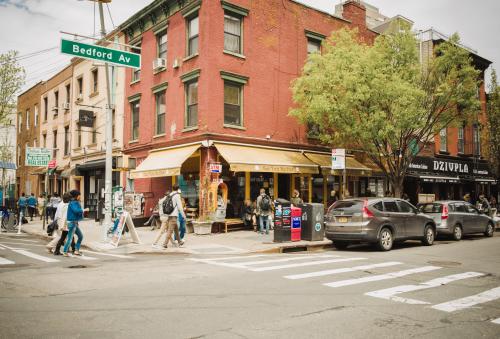
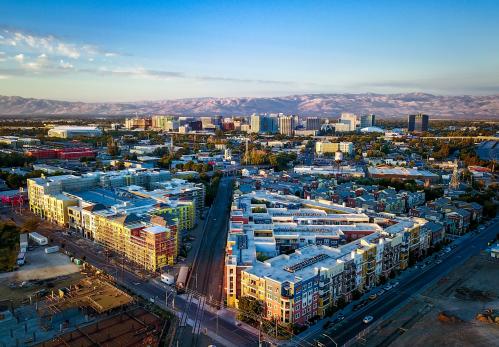
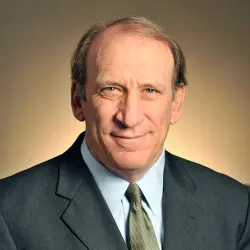

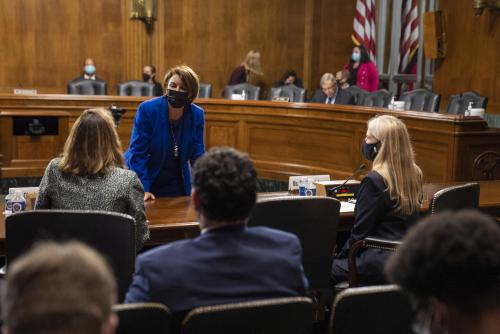
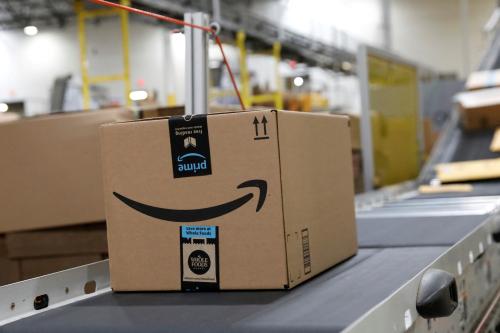
Commentary
How a new model can expand broadband access across communities
February 14, 2020